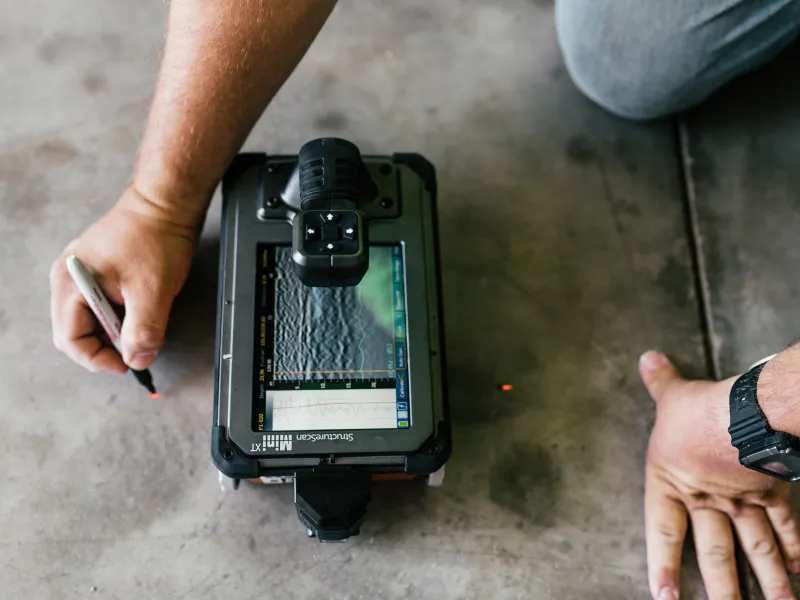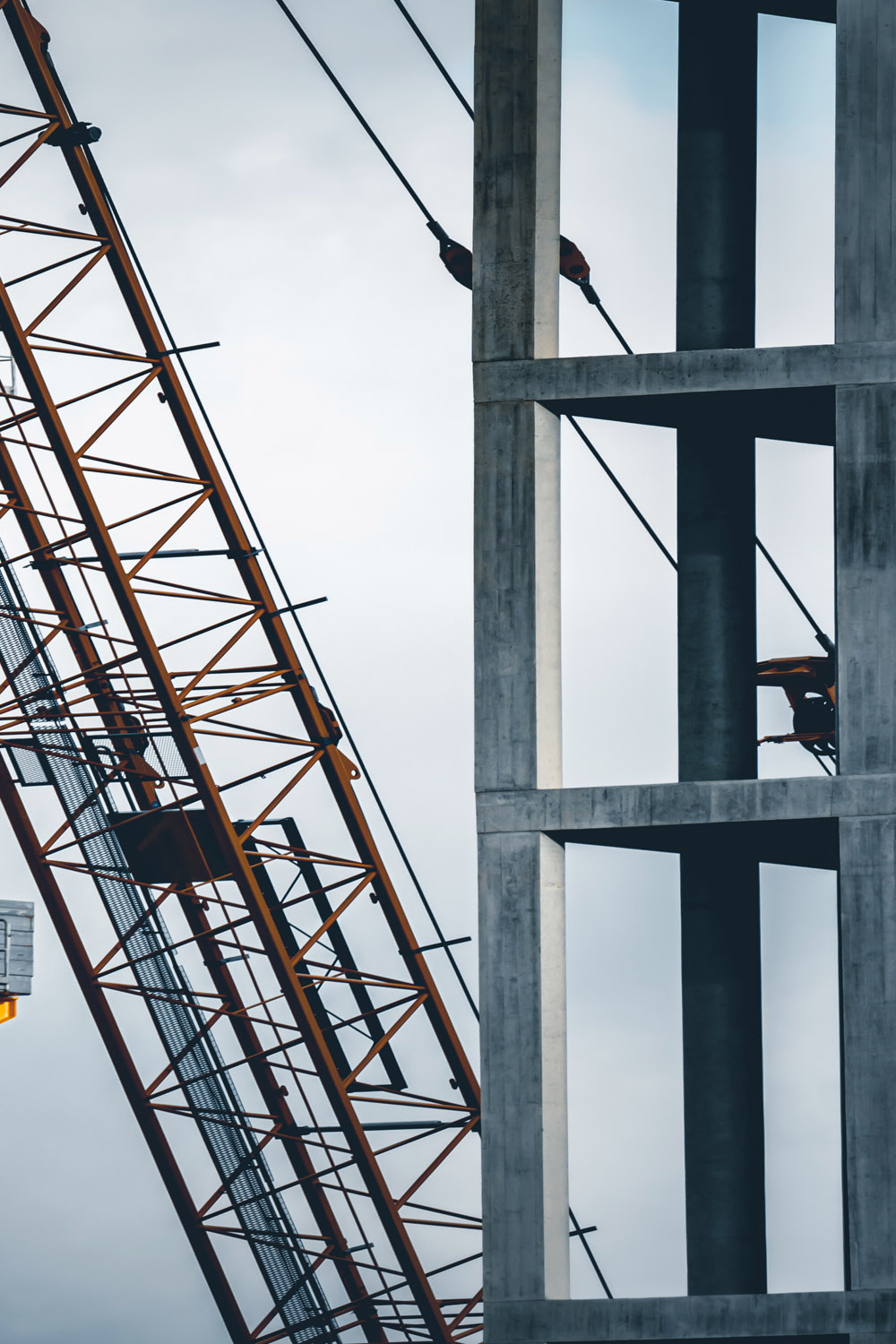Key Advantages of Making Use Of Concrete Scanning Technology
Key Advantages of Making Use Of Concrete Scanning Technology
Blog Article
Reveal the Transformative Power of Concrete Scanning in Optimizing Efficiency and Safety
Concrete scanning has actually arised as a critical device in the building market, providing exceptional advantages in boosting job efficiency and ensuring security criteria. The transformative power of concrete scanning exists in its capability to offer real-time data and detailed understandings, changing how projects are planned and carried out.
Value of Concrete Scanning
Ensuring the structural honesty and safety and security of building and construction projects begins with the important action of performing comprehensive concrete scanning. Concrete scanning is a non-destructive technique used to detect and map subsurface components within concrete structures.
In addition, concrete scanning assists in enhancing project timelines and budget by preventing unexpected prices and delays that may occur due to unpredicted blockages within the concrete. Inevitably, spending in comprehensive concrete scanning is an aggressive strategy that boosts both performance and safety in building and construction jobs.
Just How Concrete Scanning Functions
Concrete scanning operates as a crucial device in construction projects by utilizing innovative innovations to identify and map subsurface aspects without creating structural damage. Ground Penetrating Radar (GPR) and Electromagnetic Induction (EMI) are two primary techniques utilized in concrete scanning. GPR jobs by discharging high-frequency radar pulses right into the surface area, which bounce back when they run into subsurface items or spaces. The moment taken for the signal to return suggests the deepness and area of the items. EMI, on the various other hand, utilizes electro-magnetic fields to recognize differences in material compositions, such as determining rebar or conduits within concrete frameworks.
Throughout the scanning process, the information gathered is examined in real-time, allowing prompt recognition of possible risks or obstacles under the surface. By using these innovative technologies, concrete scanning considerably reduces the danger of expensive problems and injuries on construction sites.
Benefits of Concrete Scanning
One of the main benefits of concrete scanning is the ability to spot and locate embedded items such as rebar, post-tension cable televisions, and conduits properly. Concrete scanning assists in preparation and developing more properly, as it supplies specific information about the area and depth of architectural parts.

Study: Concrete Scanning Success

In another situation, a building and construction business made use of 3D concrete scanning to evaluate the problem of maturing concrete structures in a historic structure. The detailed scans provided useful understandings into the extent of damage and helped prioritize upkeep initiatives effectively. By proactively attending to locations of concern recognized through scanning, the firm was able to extend the life expectancy of the structure and make certain occupant safety.
These study highlight the transformative power of concrete scanning in improving effectiveness, precision, and safety and security in building and construction projects.
Executing Concrete Scanning in Projects
Applying advanced scanning technologies during construction projects has ended up being significantly vital for boosting accuracy and safety. By integrating concrete scanning right into project planning and execution, building teams can identify potential threats, such as rebar or post-tension cords, hidden within concrete frameworks. This view website positive approach lessens the risk of crashes, delays, and pricey rework, inevitably bring about much more effective project timelines and budgets.
To apply concrete scanning successfully, job supervisors must work together carefully with experienced scanning specialists to determine one of the most appropriate scanning techniques for the particular task needs. Engaging scanning experts from the onset of a job enables the group to create comprehensive scanning strategies that resolve essential areas of concern and make sure detailed information collection.
Additionally, incorporating concrete scanning right into regular task operations can improve decision-making procedures, as real-time scan information offers immediate understandings into the problem of concrete structures - Concrete Scanning. This data-driven strategy helps with informed problem-solving and makes it possible for teams to make adjustments immediately, fostering a society of performance and security throughout the task lifecycle

Final Thought
In final thought, concrete scanning plays a crucial function in boosting performance and safety in building tasks. By using advanced modern technology to map and find out underlying frameworks within concrete, this procedure helps to stop pricey mistakes, make sure architectural honesty, and decrease dangers on site. With the capability to reveal surprise components and provide accurate data, concrete scanning shows to be a beneficial device for optimizing project results and making best use of overall success.
Concrete scanning is a non-destructive method utilized to discover and read this article map subsurface aspects within concrete frameworks. Furthermore, concrete scanning aids in maximizing project timelines and budget by avoiding unexpected costs and hold-ups that may arise due to unpredicted blockages within the concrete. One significant instance research study involves a large-scale renovation task where concrete scanning played an important function in guaranteeing project success.In one more situation, a construction company made use of 3D concrete scanning to examine the condition of aging concrete frameworks in a historic structure. By incorporating concrete scanning right into task preparation and implementation, building and construction teams can determine possible dangers, such as rebar or post-tension cords, concealed within concrete frameworks.
Report this page